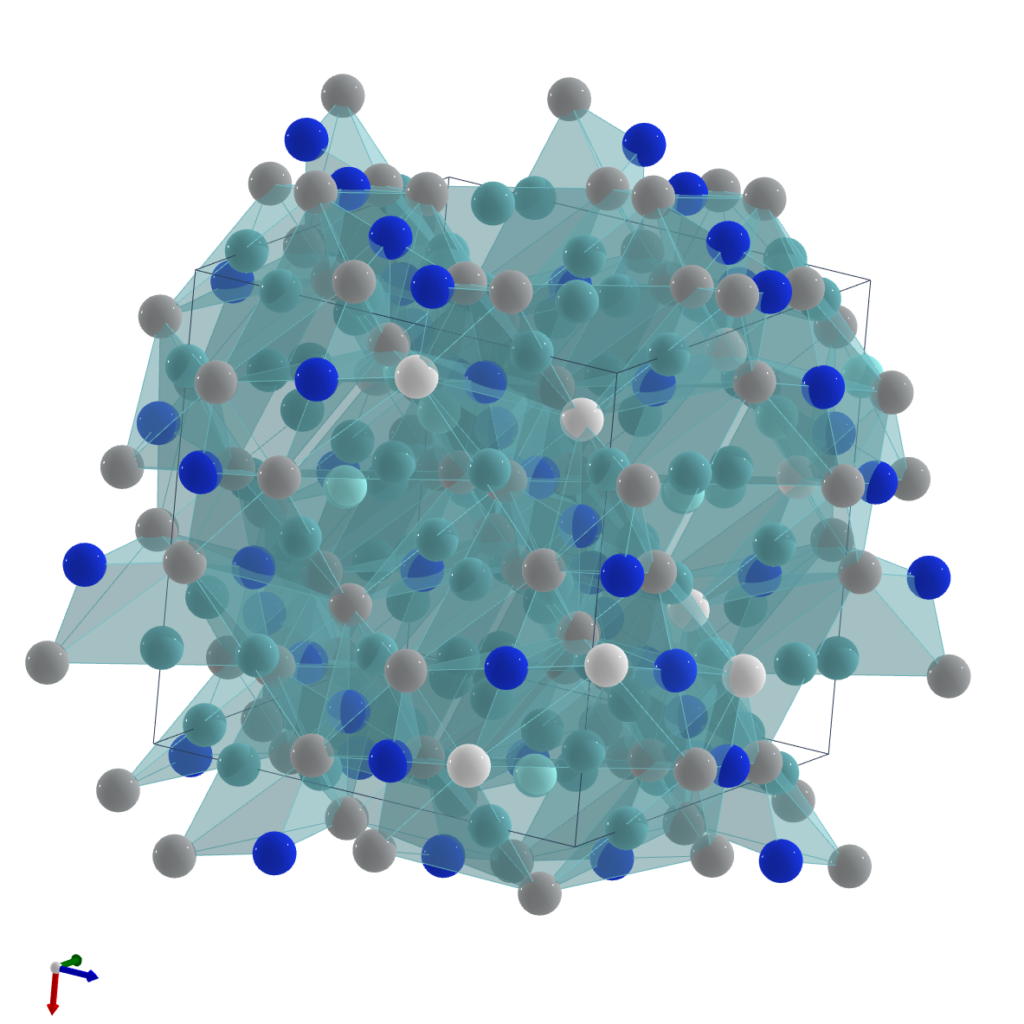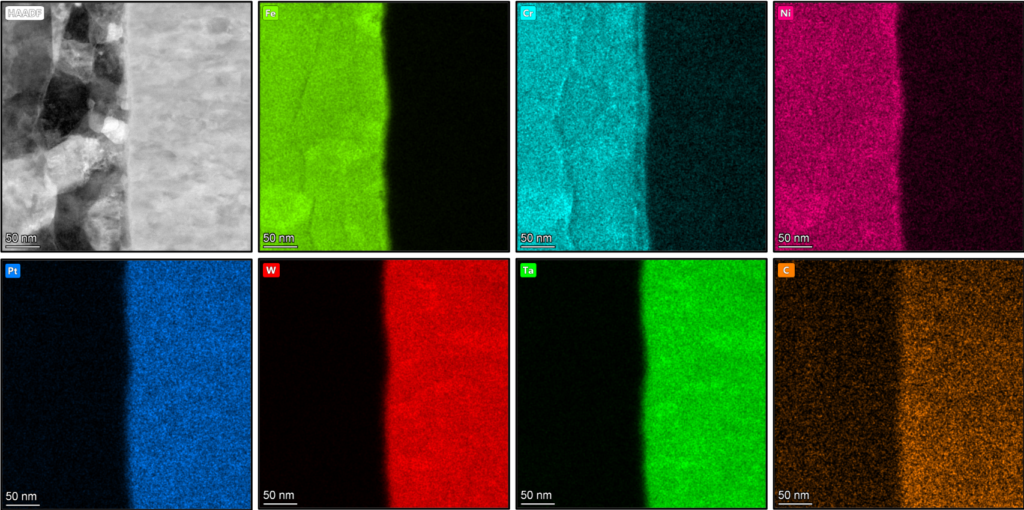Zigzag Intermetallic Phases (ZIP phases)

Our focus on developing novel materials to endure high-temperature and plasma environments has led us to delve into the development of new materials boasting exceptional thermal stability. We have recently introduced the ultra-high-temperature intermetallic materials known as Zigzag Intermetallic Phases, or simply ZIP phases.

The Nb3SiNi2 mesmerising atomic structure as viewed through an aberration-corrected scanning transmission electron microscope!
The ZIP phases are chemically- and structurally-complex intermetallic phases bearing 96 atoms in a unit cell with distinct atomic nanolayered arrangement. In our recent paper in Advanced Materials (doi.org/10.1002/adma.202308168) we proposed the Nb3SiNi2 as the first candidate ZIP phase (left) in comparison with the historical Ti3SiC2 (right) first candidate MAX phase from 1996’s paper from Professor Barsoum (doi.org/10.1111/j.1151-2916.1996.tb08018.x)!


Check here my last presentation to the TMS-2022 on the ZIP phases (formerly ZIA Phases):
High-Entropy Ceramics (HEC)

Ref.: M.A. Tunes et al. Acta Materialia, v. 250, p. 118856, 2023 (doi.org/10.1016/j.actamat.2023.118856).
Another research direction is the development of high-entropy ceramics (HEC): highly-stable materials for both high-temperature and irradiation environments. In the video below, the microstructure of a highly concentrated refractory carbide — the (CrNbTaTiW)C — can be observed while under ion irradiation by a highly-destructive Xe ion beam. Yet, the material surprisingly survives!
Ref.: M.A. Tunes et al. Acta Materialia, v. 250, p. 118856, 2023 (doi.org/10.1016/j.actamat.2023.118856).

